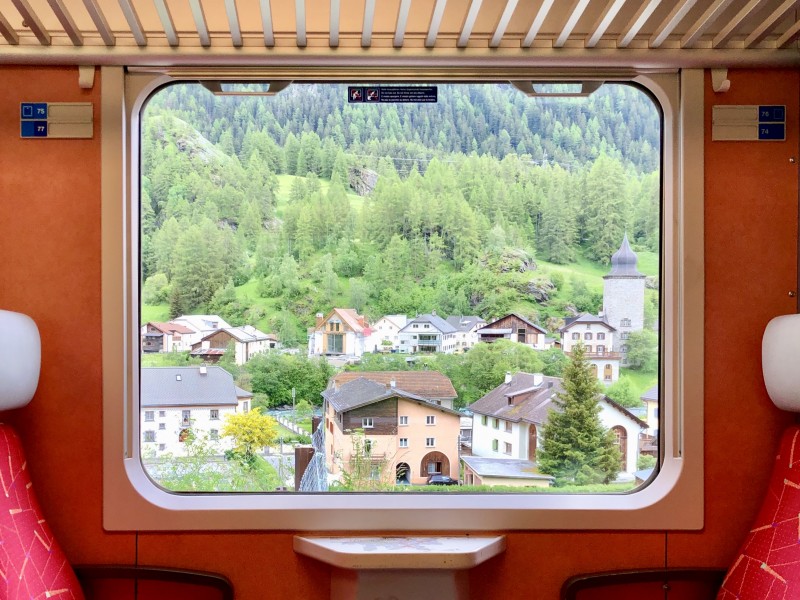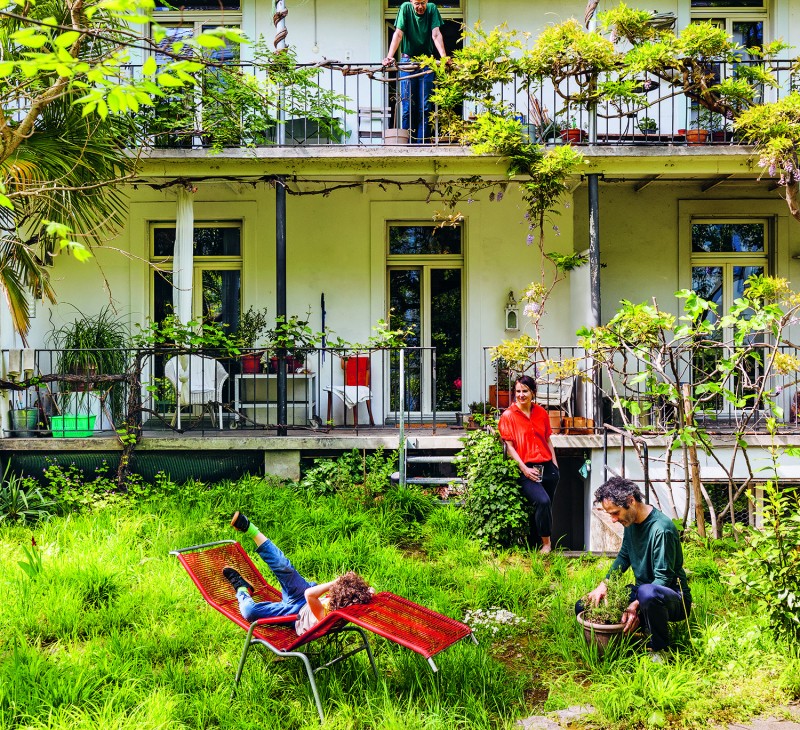PANCHO GUEDES, AN ALTERNATIVE MODERNIST
A quarter of a century after he has been shown at the Architectural Association, in London, Pancho Guedes is now revisited at the S AM, Swiss Architecture Museum, in what can be regarded as the first critical and curatorial approach to the eccentric oeuvre that this architect realised in Africa during the Fifties and Sixties.
Coinciding with the presentation of a major retrospective of Le Corbusier at the nearby Vitra Design Museum, this new show will provide visitors with a portrayal of an architect who, as Corbusier, also transformed his deep involvement with the visual and plastic arts into a powerful drive for architectural imagination.
This legendary Mozambican architect – who built an outstanding reputation within the most inner circles of the early sixties architectural milieu – offers today the historical perspective of an alternative modernity in which the rationale of the International Style is first contrasted with a truly multicultural vision. Contrary to most colonial architecture, Pancho’s work is justly referential because of his active engagement with local cultural contexts and references, while still producing unique and appealing architectural images and forms.
Against the hegemony of the single modernist manner, Pancho Guedes is one of the first architects to playfully introduce a plethora of styles that respond to different cultural circumstances, various types of clients and even the most adverse economic conditions. A lover and collector of African artistic and cultural artefacts, he was also a pioneer in experimenting with cross-cultural and symbolical references without ever missing the creative and logical edge of the modern architect.
Drawn in close collaboration with the architect – now aged 82 – and drawing from his vast unpublished archive, the current exhibition will provide the visitors with five perspectives on the work of Pancho Guedes, which range from the development of some of his most personal organic styles – true ante-visions of the Pop architecture of the Sixties –, to his contributions towards the construction of the modern city, and down to his experimentations with the scarce resources of so-called bush architecture.


